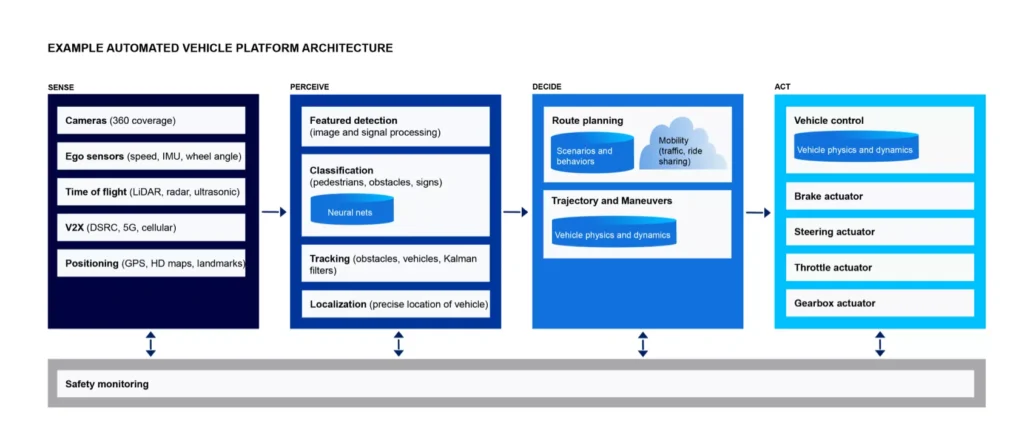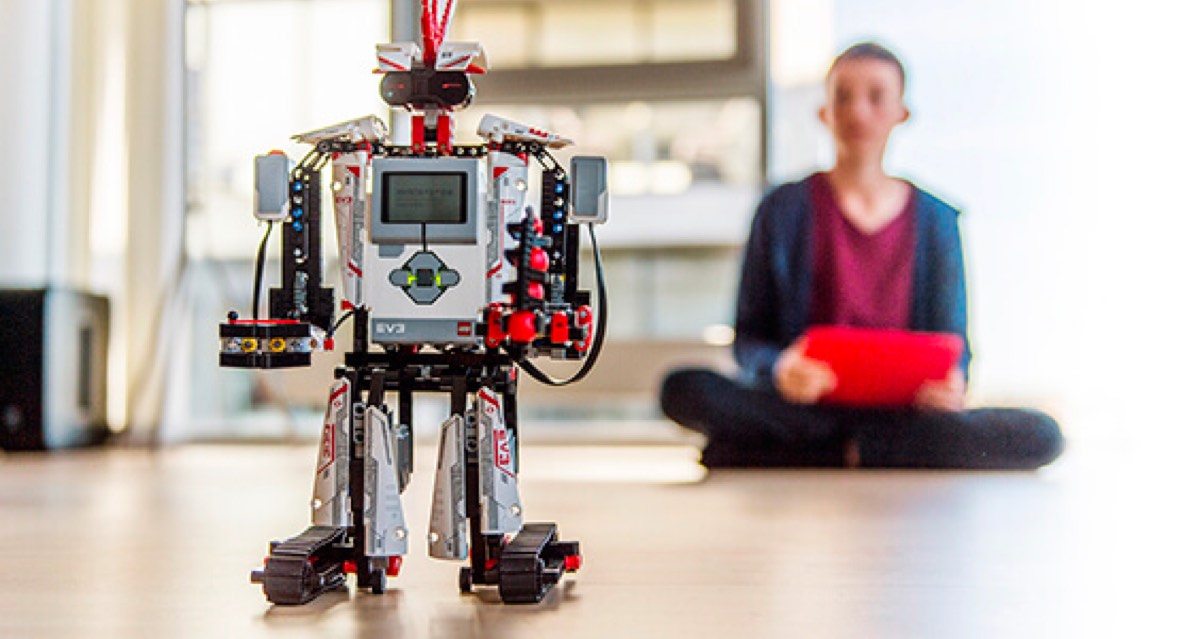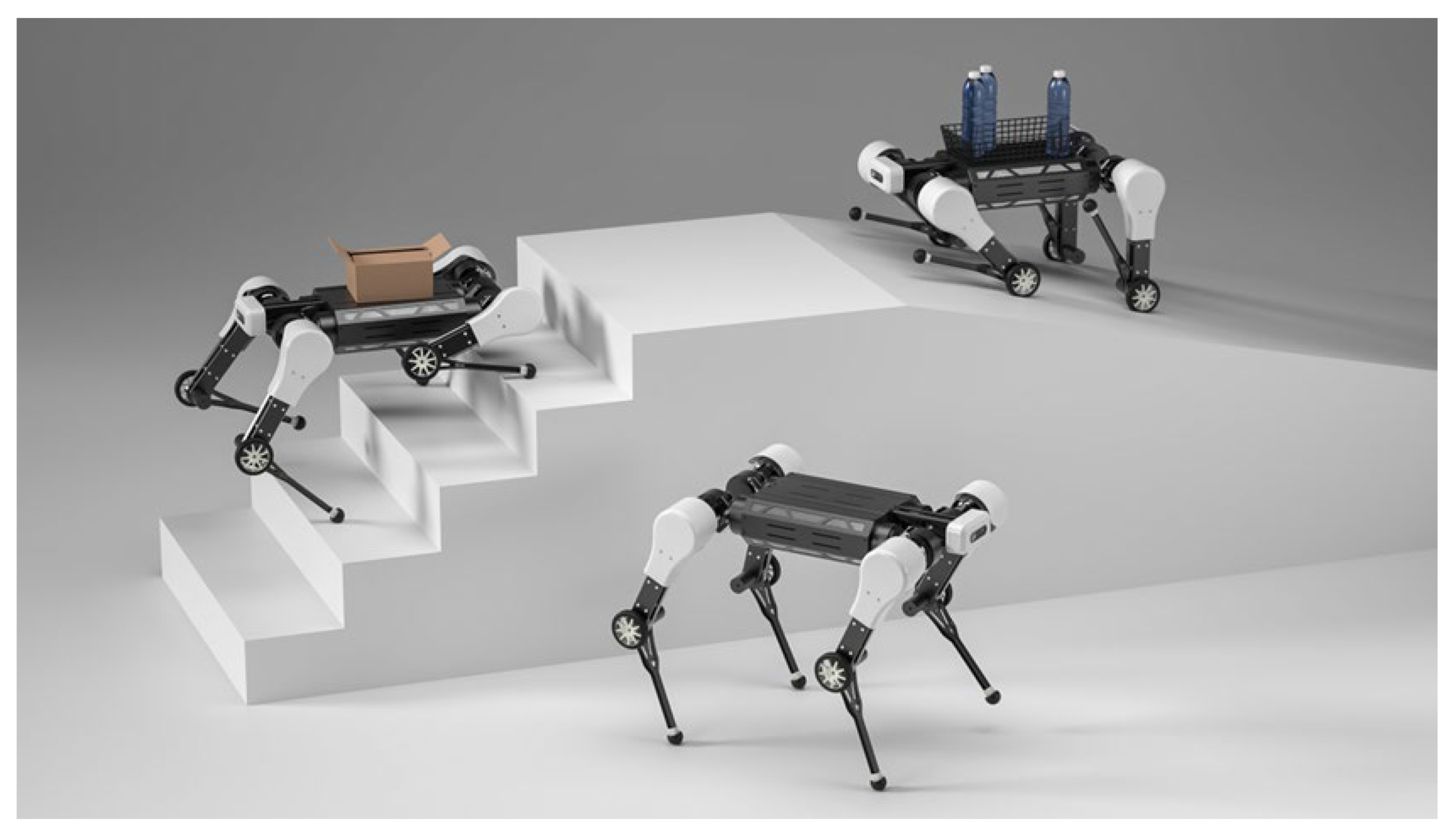How to develop autonomous systems?
Autonomous systems have become an integral part of modern technology, from self-driving cars to smart home devices. Developing autonomous systems requires a deep understanding of artificial intelligence, machine learning, and robotics. In this article, we will explore the steps involved in creating autonomous systems and the challenges that come with it.
1. Understand the basics
Before diving into the complexities of developing autonomous systems, it is essential to have a solid understanding of the basics. This includes knowledge of programming languages such as Python, C++, and Java, as well as concepts like machine learning, computer vision, and sensor fusion.
- Learn the fundamentals of artificial intelligence and machine learning.
- Understand how sensors and actuators work in autonomous systems.
- Explore different programming languages used in autonomous systems development.
2. Choose the right platform
There are many platforms available for developing autonomous systems, each with its strengths and weaknesses. Whether you are building a drone, a robot, or a self-driving car, selecting the right platform is crucial for success. Some popular platforms include ROS (Robot Operating System), TensorFlow, and OpenCV.
- Research different platforms and choose one that fits your project requirements.
- Consider factors such as scalability, community support, and compatibility with your hardware.
- Experiment with different platforms to find the one that best suits your needs.
3. Collect data
Data is the lifeblood of autonomous systems. To develop an autonomous system that can navigate its environment, make decisions, and learn from experience, you need access to high-quality data. This data can come from sensors, cameras, GPS, and other sources.
- Collect data from various sources to create a comprehensive dataset for training your autonomous system.
- Annotate and clean the data to ensure its accuracy and relevance.
- Use tools like TensorFlow and PyTorch to preprocess and augment the data for training.
4. Train your model
Training a model for autonomous systems involves using machine learning algorithms to analyze data, learn patterns, and make predictions. This process is essential for enabling your autonomous system to perceive its environment, make decisions, and take actions autonomously.
- Choose the right machine learning algorithm for your data and project requirements.
- Split your data into training and testing sets to evaluate the performance of your model.
- Tune hyperparameters, optimize the model, and iterate on the training process to improve performance.
5. Test and validate
Testing and validation are critical steps in the development of autonomous systems. Before deploying your system in the real world, you need to ensure that it performs accurately and reliably in various scenarios. This involves simulating different environments, edge cases, and failure modes.
- Conduct thorough testing to validate the performance of your autonomous system.
- Test the system in different environments and conditions to assess its robustness.
- Iterate on the design, code, and model based on feedback from testing to improve performance.
6. Deploy and monitor
Once you have trained and tested your autonomous system, it is time to deploy it in the real world. Deployment involves integrating your system with hardware, sensors, and actuators, as well as monitoring its performance and making improvements over time.
- Deploy your autonomous system in a controlled environment to assess its performance in real-world conditions.
- Monitor the system’s behavior, performance, and reliability to identify areas for improvement.
- Continuously update and optimize your autonomous system based on feedback and data from deployment.
By following these steps and principles, you can develop autonomous systems that are intelligent, adaptive, and reliable. Whether you are building a self-driving car, a drone, or a robot, the journey to developing autonomous systems is challenging but rewarding. Embrace the complexities, learn from failures, and keep pushing the boundaries of what is possible in autonomous technology.
How to develop autonomous systems?
Autonomous systems have become an integral part of modern technology, from self-driving cars to smart home devices. Developing autonomous systems requires a deep understanding of artificial intelligence, machine learning, and robotics. In this article, we will explore the steps involved in creating autonomous systems and the challenges that come with it.
1. Understand the basics
Before diving into the complexities of developing autonomous systems, it is essential to have a solid understanding of the basics. This includes knowledge of programming languages such as Python, C++, and Java, as well as concepts like machine learning, computer vision, and sensor fusion.
- Learn the fundamentals of artificial intelligence and machine learning.
- Understand how sensors and actuators work in autonomous systems.
- Explore different programming languages used in autonomous systems development.
2. Choose the right platform
There are many platforms available for developing autonomous systems, each with its strengths and weaknesses. Whether you are building a drone, a robot, or a self-driving car, selecting the right platform is crucial for success. Some popular platforms include ROS (Robot Operating System), TensorFlow, and OpenCV.
- Research different platforms and choose one that fits your project requirements.
- Consider factors such as scalability, community support, and compatibility with your hardware.
- Experiment with different platforms to find the one that best suits your needs.
3. Collect data
Data is the lifeblood of autonomous systems. To develop an autonomous system that can navigate its environment, make decisions, and learn from experience, you need access to high-quality data. This data can come from sensors, cameras, GPS, and other sources.
- Collect data from various sources to create a comprehensive dataset for training your autonomous system.
- Annotate and clean the data to ensure its accuracy and relevance.
- Use tools like TensorFlow and PyTorch to preprocess and augment the data for training.
4. Train your model
Training a model for autonomous systems involves using machine learning algorithms to analyze data, learn patterns, and make predictions. This process is essential for enabling your autonomous system to perceive its environment, make decisions, and take actions autonomously.
- Choose the right machine learning algorithm for your data and project requirements.
- Split your data into training and testing sets to evaluate the performance of your model.
- Tune hyperparameters, optimize the model, and iterate on the training process to improve performance.
5. Test and validate
Testing and validation are critical steps in the development of autonomous systems. Before deploying your system in the real world, you need to ensure that it performs accurately and reliably in various scenarios. This involves simulating different environments, edge cases, and failure modes.
- Conduct thorough testing to validate the performance of your autonomous system.
- Test the system in different environments and conditions to assess its robustness.
- Iterate on the design, code, and model based on feedback from testing to improve performance.
6. Deploy and monitor
Once you have trained and tested your autonomous system, it is time to deploy it in the real world. Deployment involves integrating your system with hardware, sensors, and actuators, as well as monitoring its performance and making improvements over time.
- Deploy your autonomous system in a controlled environment to assess its performance in real-world conditions.
- Monitor the system’s behavior, performance, and reliability to identify areas for improvement.
- Continuously update and optimize your autonomous system based on feedback and data from deployment.
By following these steps and principles, you can develop autonomous systems that are intelligent, adaptive, and reliable. Whether you are building a self-driving car, a drone, or a robot, the journey to developing autonomous systems is challenging but rewarding. Embrace the complexities, learn from failures, and keep pushing the boundaries of what is possible in autonomous technology.



